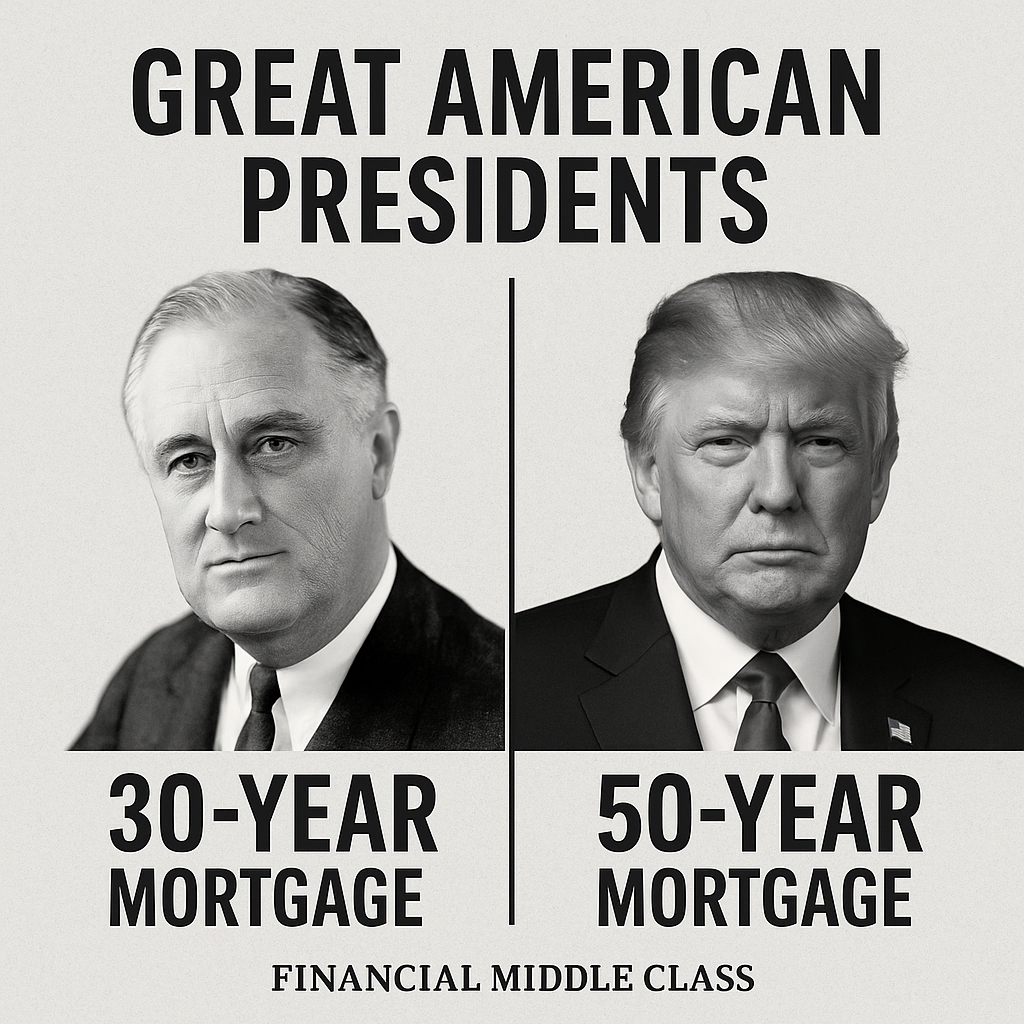
Racial gaps in retirement plans leave Black, Hispanic workers with fewer benefits
By FMC Editorial Team
The estimated reading time for this post is 300 seconds
Black and Hispanic workers who do everything right — enroll in their employer’s 401(k) or 403(b), contribute regularly and try to build for retirement — are still getting less out of the system than white workers, researchers say.
New analysis on retirement-plan participation shows that Black and Hispanic workers with access to workplace plans contribute about 40% less than white workers. At the same time, Black workers receive just $0.31 in tax benefit for every $1 that white workers get, underscoring how the U.S. retirement system tends to reward higher earners and higher tax brackets.
The findings highlight a long-running concern among retirement and economic-equity experts: the nation’s primary way of helping people save for retirement — tax breaks on contributions — doesn’t operate neutrally when race, income and job type are factored in.
“People hear, ‘just contribute to your 401(k),’ but they don’t hear, ‘the tax code will reward your white coworker more for doing the same thing,’” said analysts who study retirement-plan equity.
Racial Wealth & Retirement Context
Even when Black workers participate in 401(k)s, they start from behind. These are the structural gaps your plan can’t see — but your budget feels.
Income gap
Black households earn ~70¢ for every $1 white households earn.
Wealth gap
Typical white family wealth ≈ 5–6× typical Black family wealth.
Retirement tax benefit
Black workers get ≈ $0.31 of tax benefit for every $1 white workers get.
📌“just contribute more” doesn’t land the same across race.
Financial Middle Class • financialmiddleclass.com
Lower contributions despite access
For years, the policy conversation has focused on access — getting more workers into plans. But researchers say access alone isn’t solving the racial gap. Even once they’re in a plan, Black and Hispanic workers are contributing less because they have less room in the monthly budget.
Many Black and Hispanic households report supporting parents, helping adult children, paying down higher-interest debt and managing more frequent income shocks — all of which make it harder to set aside 6% to 10% of pay, the level many employers recommend.
When workers start low — often at a 3% default contribution — and plans don’t automatically increase that amount every year, they can stay stuck at that lower level for years, widening the gap with white workers whose plans or pay levels allow for higher contributions.
Tax code favors higher earners
The research also points to the way the tax system is designed. Traditional 401(k) savings are most valuable to people in higher tax brackets because the deduction reduces more tax for them. White workers, who are more likely to occupy higher-paying roles, get a bigger tax break for the same $1 saved.
That dynamic — same behavior, different tax reward — is what drives the estimate that Black workers see about 31 cents of tax benefit for every dollar white workers get.
“This is the part people miss,” analysts said. “We built a retirement system that says: if you can already save a lot, we’ll give you more tax help. That’s going to favor the people already closer to the top.”
Job sector differences are another factor. Black and Hispanic workers are overrepresented in industries with weaker matches, lower default contribution rates and no auto-escalation features. Without those plan features pushing contributions higher over time, accounts grow more slowly.
Wealth gap feeds retirement gap
Because white households tend to have more wealth — and therefore fewer month-to-month emergencies — they can contribute more steadily to retirement. Black and Hispanic households, which are more likely to step in for family, may pause or reduce contributions more often, which also pulls down the long-term total.
What workers can do now
Don’t leave match dollars on the table: Workers who have any employer match should contribute at least enough to get the full match. That’s still the single most powerful piece of the plan, and it’s not affected by tax bracket.
Turn on auto-increase: Many plans allow employees to automatically boost contributions by 1 percentage point each year. Starting at 3% and moving to 4%, then 5%, can help close the gap with higher-earning co-workers.
Consider Roth if in a low bracket: For workers in lower tax brackets, a Roth 401(k) or Roth IRA may make more sense than chasing a smaller deduction today. Paying tax now and letting the account grow tax-free later can level the playing field.
Claim the Saver’s Credit: Lower- and middle-income savers may qualify for a federal Saver’s Credit, which reduces taxes for people who contribute to retirement. Researchers say far too few eligible Black and Hispanic workers claim it.
Build a small emergency cushion: One reason workers stop contributing is short-term money shocks. Even $1,000 to $2,000 in cash savings can help keep 401(k) contributions steady.
Policy fixes on the table
Retirement-policy experts say the inequities are fixable. Proposals include making the Saver’s Credit refundable so lower-income workers benefit even if they owe little tax; switching from deductions to flat tax credits so every dollar saved earns the same tax boost; and requiring stronger auto-enrollment and auto-escalation in sectors that employ more Black and Hispanic workers.
Those changes would shift the system away from “the more you can save, the more tax help you get” toward “everyone who saves gets the same help.”
Why it matters now
As pensions disappear and Social Security faces long-term funding questions, 401(k)-style plans have become the main way Americans build retirement wealth. If those plans keep delivering less to groups that already face income and wealth gaps, analysts warn, racial retirement gaps will widen even if participation rates rise.
Don’t avoid checking your plan
Know the match: Ask HR to spell out the exact match formula.
Check the default: If you were auto-enrolled at 3%, increase it.
Ask about Roth: If the traditional tax break isn’t doing much, Roth may.
Ask about vesting: Know how long you must stay to keep employer dollars.
Ask about tools: Many plans offer financial coaching and budgeting tools that can help stabilize cash flow — a key barrier to higher contributions.
RELATED ARTICLES
Does Retiring the U.S. Penny Nudge America Further into a Cashless Future?
The estimated reading time for this post is 414 seconds Introduction: A Tiny Coin, a Loud Message In February 2025, President Trump told Treasury to stop making new pennies, calling the coin wasteful because it cost almost four cents to...
From FDR’s 30-Year Breakthrough to Trump’s 50-Year Pitch: Is This Still About Homeownership — or Just Smaller Payments?
The estimated reading time for this post is 375 seconds In the 1930s, Franklin D. Roosevelt’s team looked at a housing market full of short, risky mortgages and said: we’re going to redesign this so regular people can actually buy...
Leave Comment
Cancel reply

Does Retiring the U.S. Penny Nudge America Further into a Cashless Future?

From FDR’s 30-Year Breakthrough to Trump’s 50-Year Pitch: Is This Still About Homeownership — or Just Smaller Payments?

Racial gaps in retirement plans leave Black, Hispanic workers with fewer benefits
Gig Economy
American Middle Class / Nov 12, 2025
Does Retiring the U.S. Penny Nudge America Further into a Cashless Future?
The estimated reading time for this post is 414 seconds Introduction: A Tiny Coin, a Loud Message In February 2025, President Trump told Treasury to stop...
By Article Posted by Staff Contributor
American Middle Class / Nov 11, 2025
From FDR’s 30-Year Breakthrough to Trump’s 50-Year Pitch: Is This Still About Homeownership — or Just Smaller Payments?
The estimated reading time for this post is 375 seconds In the 1930s, Franklin D. Roosevelt’s team looked at a housing market full of short, risky...
By Article Posted by Staff Contributor
American Middle Class / Nov 10, 2025
Racial gaps in retirement plans leave Black, Hispanic workers with fewer benefits
The estimated reading time for this post is 300 seconds Black and Hispanic workers who do everything right — enroll in their employer’s 401(k) or 403(b),...
By FMC Editorial Team
American Middle Class / Nov 09, 2025
FICO Says Scores Are Slipping to 715 — Here’s What’s Actually Driving It (and How to Stay Out of the Downward Group)
The estimated reading time for this post is 499 seconds Introduction: The latest FICO® Score Credit Insights report shows something easy to miss if you only...
By Article Posted by Staff Contributor
American Middle Class / Nov 09, 2025
Why So Many Middle-Class (and Upper-Middle-Class) Households Can’t Stick to a Budget
The estimated reading time for this post is 615 seconds There’s a quiet tax on the American middle class, and it’s not just the one you...
By MacKenzy Pierre
American Middle Class / Nov 09, 2025
Reverse Mortgages for Middle-Class Families: Relief, or Just Eating the Inheritance?
The estimated reading time for this post is 509 seconds Too many middle-class Americans are taking care of two generations at once. You’ve got a kid...
By Article Posted by Staff Contributor
American Middle Class / Nov 08, 2025
Hosting Without the Hangover: Potluck Math That Actually Works
The estimated reading time for this post is 281 seconds Too many of you are cooking for 25 when 12 RSVPed. That’s why hosting feels expensive....
By Article Posted by Staff Contributor
American Middle Class / Nov 08, 2025
The One-Gift Rule: How to Stop Holiday Gift Inflation Without Looking Cheap
The estimated reading time for this post is 339 seconds “Setting a One-Gift Rule to protect the family budget” — Financial Middle Class Too many of...
By Article Posted by Staff Contributor
American Middle Class / Nov 06, 2025
Office gifting + Secret Santa: what’s actually fair
The estimated reading time for this post is 449 seconds December is sneaky. It’s the one month where three different money cultures collide: the office wants...
By Article Posted by Staff Contributor
American Middle Class / Nov 05, 2025
Understand Financial Stressors — and Know How to Cope with Them
The estimated reading time for this post is 584 seconds Too many of you are stressed about money and think it’s because you “just need to...
By Article Posted by Staff Contributor
Latest Reviews
American Middle Class / Nov 12, 2025
Does Retiring the U.S. Penny Nudge America Further into a Cashless Future?
The estimated reading time for this post is 414 seconds Introduction: A Tiny Coin, a...
American Middle Class / Nov 11, 2025
From FDR’s 30-Year Breakthrough to Trump’s 50-Year Pitch: Is This Still About Homeownership — or Just Smaller Payments?
The estimated reading time for this post is 375 seconds In the 1930s, Franklin D....
American Middle Class / Nov 10, 2025
Racial gaps in retirement plans leave Black, Hispanic workers with fewer benefits
The estimated reading time for this post is 300 seconds Black and Hispanic workers who...



